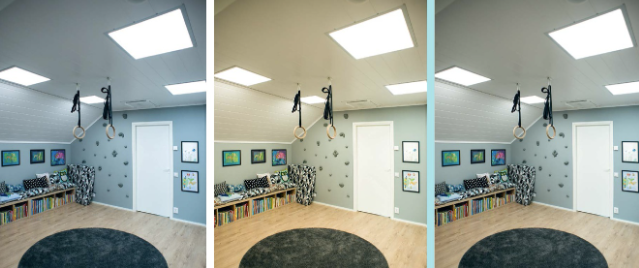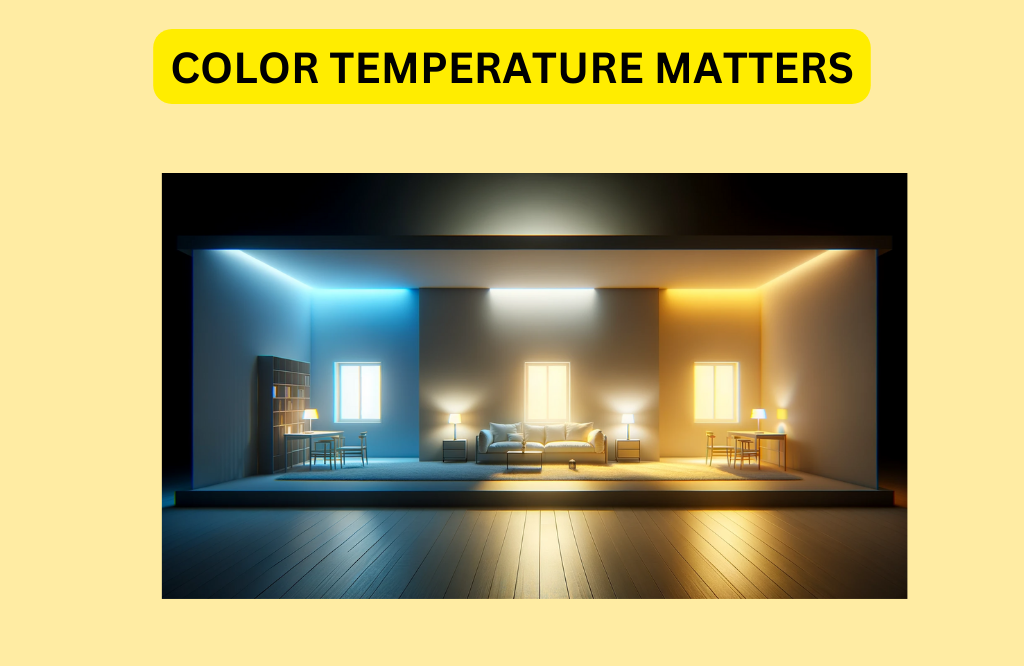Color temperature matters
During the darker months, the focus turns to the support provided by indoor lighting. It is crucial to keep in mind several important aspects, including the color temperature of the lighting.
With the right color temperature (Kelvin value), we can influence our well-being and perception of light. For example, a lower Kelvin number, such as 2700K, creates a warmer light atmosphere, while a higher Kelvin value, like 4000K, gives off a cooler and clearer light that is closer to daylight. It’s important to note that the type of light we are exposed to has a significant impact on our well-being. I’ve found that a good color temperature for a lamp is one that suits the intended use of the room.
During the day, the softness of the light also shifts to a cooler tone, which can make the room feel fresher and help with concentration. The right choice of color temperature can also help with sleep quality.

Increased vitality with the right color temperature
Choosing the correct color temperature can help you feel more energetic. For instance, a lamp with a higher Kelvin value can make a space feel more alive, especially if it’s a space where you need to concentrate or be active. It’s all about finding the right balance that suits your personal space and needs.
The importance of color temperature is also highlighted across various lighting options like incandescent bulbs, halogen lamps, fluorescent lights, and LED lamps. These can range from warm tones (2700K) to cool daylight hues (6500K). Cooler light temperatures that mimic natural daylight are often preferred in environments requiring concentration, such as offices or study areas. Warmer tones, on the other hand, are chosen for living spaces to create a relaxing ambiance.
Tips for darker times:
- Utilize natural light during the day to maintain the body’s natural rhythm.
- Choose lamps with lower color temperatures in the evening to encourage relaxation.
- Dimmable lights are versatile and can be adjusted for different times and activities.
- The correct lighting can enhance mood and atmosphere in any space.
For visual tasks requiring clarity, such as reading or detailed work, a lamp with a higher Kelvin rating can improve visibility, reduce eye strain, and increase contrast.

